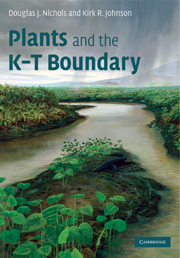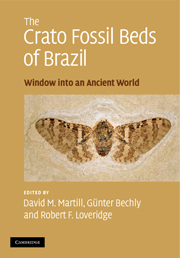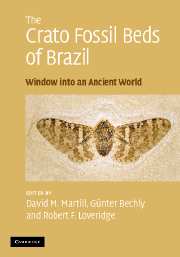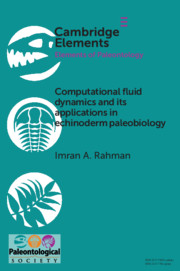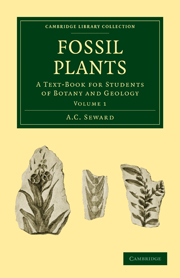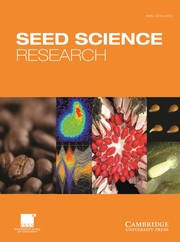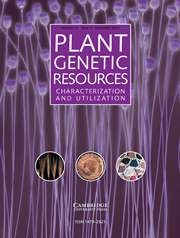Plants and the K-T Boundary
In this text, two of the world's leading experts in palynology and paleobotany provide a comprehensive account of the fate of land plants during the 'great extinction' about 65 million years ago. They describe how the time boundary between the Cretaceous and Paleogene Periods (the K–T boundary) is recognised in the geological record, and how fossil plants can be used to understand global events of that time. There are case studies from over 100 localities around the world, including North America, China, Russia and New Zealand. The book concludes with an evaluation of possible causes of the K–T boundary event and its effects on floras of the past and present. This book is written for researchers and students in paleontology, botany, geology and Earth history, and everyone who has been following the course of the extinction debate and the K–T boundary paradigm shift.
- Was the first book on the topic of the K-T boundary to focus exclusively on the plant fossil record
- Written by two of the world's leading experts in the fields of palynology and paleobotany
- Appendix contains case studies of over 100 global fossil localities, giving a complete compilation of the available data
Reviews & endorsements
'…a superb discussion on what the plant record tells us about the causes of the mass extinction across the boundary.' Bulletin of the British Ecological Society
'… a sound, clearly written and well-documented book … The authors, a palynologist and paleobotanist, have done a great service to the scientific community in bringing together the many lines of evidence … to provide a clear and detailed picture of the nature of the plant life at the close of the Cretaceous and the beginning of the Paleogene. … We recommend this book to all who take an interest in the geologic history of our Earth.' Newsletter of the AASP (The Palynological Society)
'… this book is an important contribution to the literature of both palaeobotany and palynology and is of interest to any plant scientist concerned with the capacity of the terrestrial flora to respond to major environmental change.' Annals of Botany
Product details
September 2011Paperback
9780521305631
292 pages
244 × 170 × 16 mm
0.47kg
Available
Table of Contents
- Preface
- Part I. Background:
- 1. Introduction
- 2. Resolution of the K–T boundary
- 3. Using fossil plants to study the K–T boundary
- 4. Brief history of K–T boundary paleobotany and palynology
- 5. Overview of latest Cretaceous and early Paleocene vegetation
- Part II. Regional Case Studies:
- 6. Williston Basin - the most complete K–T sections known
- 7. Other North American records
- 8. Eurasia
- 9. Remnants of Gondwana
- Part III. Interpretations:
- 10. Assessment of the K–T boundary event
- 11. Evaluation of scenarios for the K–T event
- 12. Floral effects of the K–T boundary event
- References
- Index.

